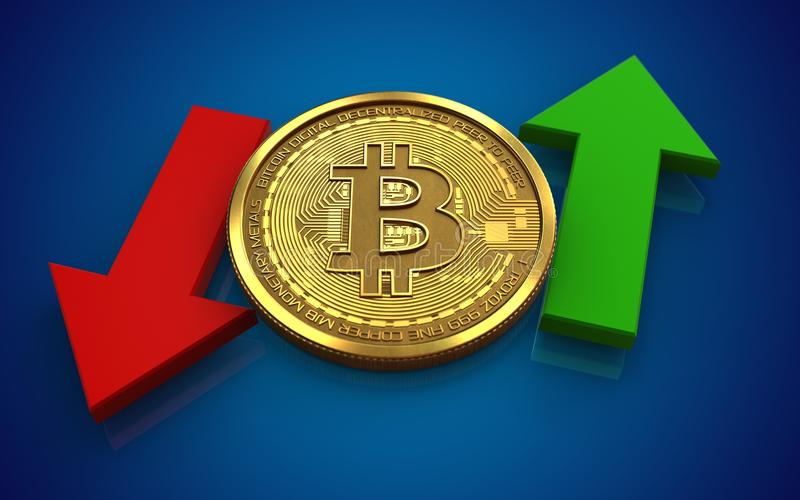Fidelity Leads Bitcoin ETF Surge, While Ethereum Funds Plummet
24.09.2024 11:30 1 min. read Alexander Stefanov
Yesterday, Bitcoin ETFs had a mixed day, seeing a total of $4.5 million in overall activity.
Fidelity’s FBTC fund was the biggest gainer, pulling in $24.9 million, followed by BlackRock’s IBIT, which brought in $11.5 million. Grayscale’s smaller Bitcoin fund also added $8.4 million.
However, these gains were overshadowed by a $40.3 million exit from Grayscale’s GBTC, one of the largest Bitcoin ETFs, effectively wiping out the positive flows. Other prominent funds, such as Bitwise, Ark, and Invesco, remained stagnant with no changes reported.
In contrast, Ethereum ETFs saw a sharp decline, losing a combined $79.3 million. Grayscale’s ETHE fund accounted for the majority of the losses, with $80.6 million in outflows, signaling a shift in investor mood.
Bitwise’s ETHW fund was the only one that recorded any gains, adding $1.3 million, while other Ethereum-focused funds from major players like BlackRock, Fidelity, and VanEck saw no activity.
The varying trends in Bitcoin and Ethereum ETFs point to ongoing instability in the market, with Bitcoin funds drawing some interest, while Ethereum products, particularly from Grayscale, faced heavy withdrawals.
-
1
Solana Price Prediction: Trader Thinks SOL Could Rise to $200 in July – Here’s Why
26.06.2025 22:25 3 min. read -
2
Dogecoin’s Slump Could Be the Setup for a Massive Breakout
22.06.2025 14:00 2 min. read -
3
Peter Schiff Doubts Stablecoins Can Shield a Weakening Dollar
19.06.2025 13:00 1 min. read -
4
Pennsylvania Man Sentenced to 8 Years for $40M Crypto Ponzi Scheme
28.06.2025 11:30 1 min. read -
5
XRP Ledger Rolls Out Major Upgrade With Advanced Features for DeFi and Compliance
25.06.2025 18:00 2 min. read
Bitcoin Hits New All-Time High Above $112,000 as Short Squeeze and Tariffs Fuel Rally
Bitcoin surged past $112,000 on Wednesday, briefly setting a new all-time high before retracing slightly to $111,000.
How Much Profit Would you Make if you Invested $3,000 in Shiba Inu One Year Ago?
Shiba Inu (SHIB), the popular meme coin, has seen considerable volatility over the past year. For investors who timed the market right, the rewards have been significant.
Dollar Weakness Signals Major Bitcoin Move Ahead, Data Suggests
A new report from CryptoQuant highlights a historically strong inverse correlation between the U.S. dollar and Bitcoin—one that may be signaling the next leg of the crypto bull market.
Bitcoin Liquidity Hits Multi-Year Low: CryptoQuant Flags Bullish Setup
According to new data from CryptoQuant, Bitcoin’s sell-side liquidity is hitting critical lows—potentially laying the groundwork for the next major price rally.
-
1
Solana Price Prediction: Trader Thinks SOL Could Rise to $200 in July – Here’s Why
26.06.2025 22:25 3 min. read -
2
Dogecoin’s Slump Could Be the Setup for a Massive Breakout
22.06.2025 14:00 2 min. read -
3
Peter Schiff Doubts Stablecoins Can Shield a Weakening Dollar
19.06.2025 13:00 1 min. read -
4
Pennsylvania Man Sentenced to 8 Years for $40M Crypto Ponzi Scheme
28.06.2025 11:30 1 min. read -
5
XRP Ledger Rolls Out Major Upgrade With Advanced Features for DeFi and Compliance
25.06.2025 18:00 2 min. read

